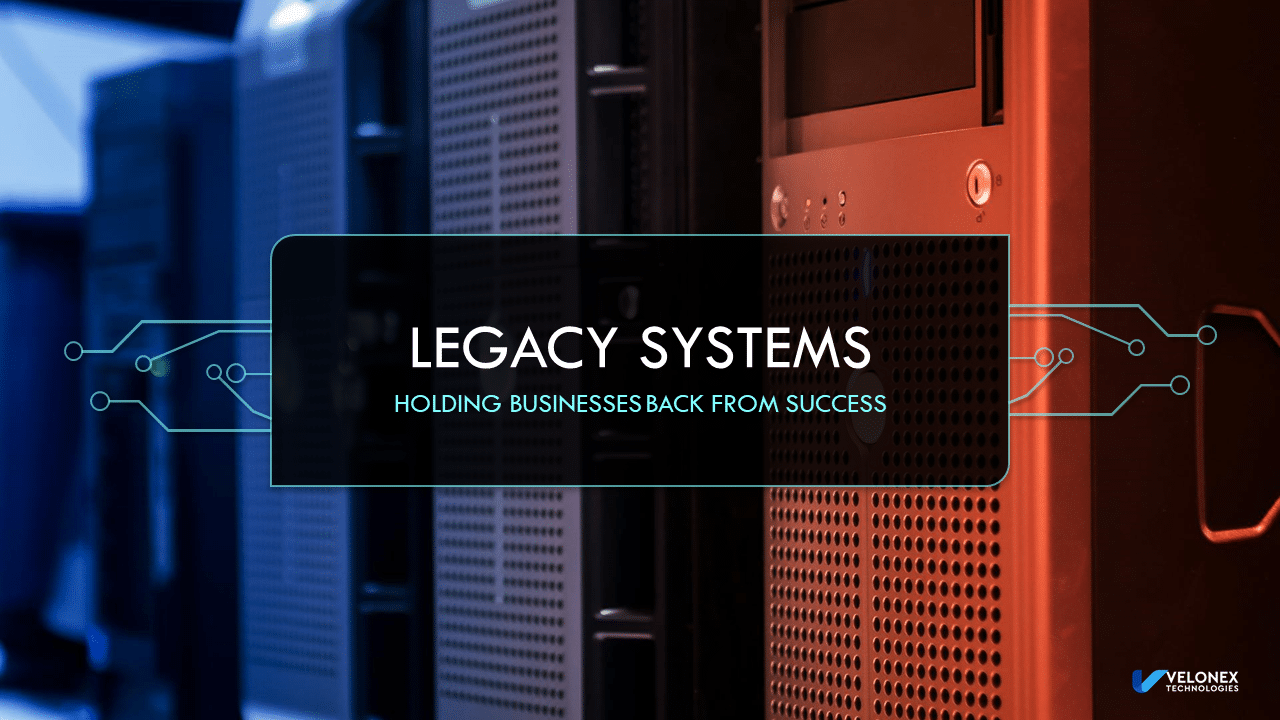Legacy systems refer to outdated hardware or software that is still in use within an organization despite newer technologies being available. These systems may have been developed years or even decades ago, and while they may have served their purpose at the time, they often lack the capabilities, flexibility, and compatibility required to meet current business needs. Legacy systems can include a wide range of technologies, including mainframe computers, outdated operating systems, custom-built applications, and proprietary software.
Characteristics of legacy systems include:
1. Outdated Technology: Legacy systems are built on outdated technology that may no longer be supported by vendors or compatible with modern hardware and software.
2. Limited Functionality: Legacy systems may lack the features, functionality, and integration capabilities of newer systems, making it difficult to adapt to changing business requirements or take advantage of emerging technologies.
3. High Maintenance Costs: Maintaining and supporting legacy systems can be expensive due to the need for specialized skills, obsolete hardware components, and custom-built software solutions.
4. Security Risks: Legacy systems are often more vulnerable to security threats, as they may lack modern security features, updates, and patches to protect against cyberattacks and data breaches.
5. Data Privacy and Confidentiality Practices: Safeguarding client data is a top priority for MSPs. This involves prioritizing data privacy, creating transparent policies and practices, building trust, and ensuring adherence to privacy regulations.
6. Inflexibility and Scalability Issues: Legacy systems are typically rigid and difficult to modify or scale to accommodate growth or changes in the organization’s needs. This can hinder innovation, agility, and competitiveness in the market.
Despite these challenges, many organizations continue to rely on legacy systems due to factors such as budget constraints, perceived risks associated with migration, or a lack of awareness about the benefits of modernization. However, failing to address technical debt associated with legacy systems can result in increased operational inefficiencies, compliance risks, and missed opportunities for innovation and growth. To mitigate the impact of legacy systems, organizations should develop a strategic approach to modernization, which may include phased migration plans, legacy system integration with newer technologies, and investment in cloud-based solutions and digital transformation initiatives.
By addressing technical debt associated with legacy systems, organizations can unlock new opportunities for innovation, efficiency, and competitiveness in today’s digital economy.
Ready to revolutionize your operations? Velonex Technologies is your trusted technology partner for modernizing legacy systems and optimizing workflows. Take the first step towards efficiency and innovation – connect with us now! Contact us today
